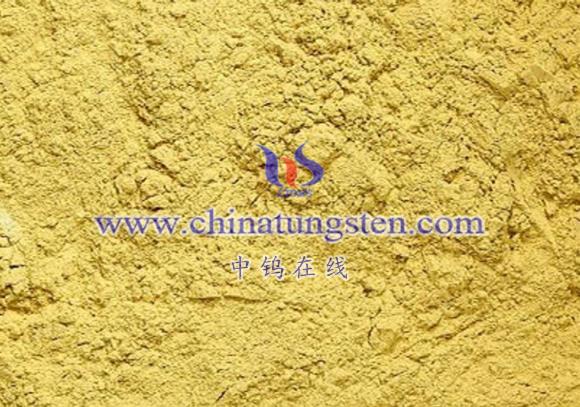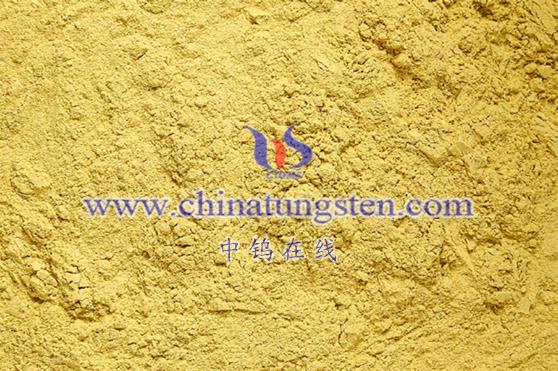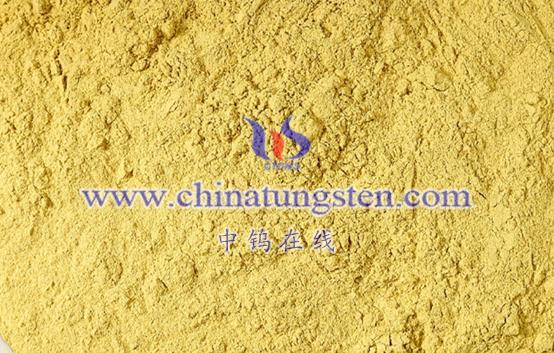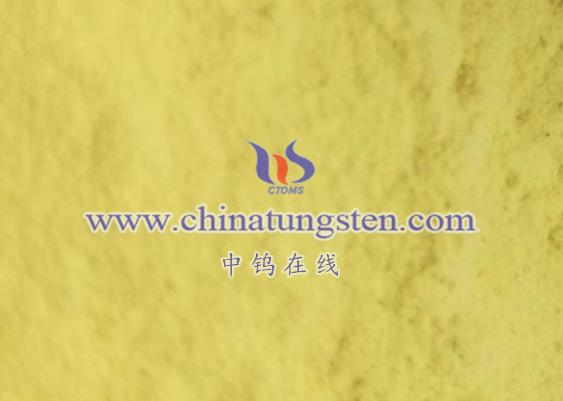
Triclinic tungsten oxide (WO₃), while not as widely studied as other forms such as monoclinic WO₃, has potential applications in various fields due to its unique crystal structure. Below are some application areas where triclinic WO₃ might be explored, though the research specifically focusing on this form is relatively limited.
- Catalytic Applications
Tungsten oxide, including its triclinic form, is known for its catalytic properties. WO₃ can catalyze various reactions, including organic oxidation reactions such as the oxidation of phenols and propylene. While monoclinic WO₃ is typically considered to have stronger catalytic activity, triclinic WO₃ might also exhibit catalytic activity under specific conditions or after modification. Additionally, WO₃ can be used in the preparation of catalysts by attaching it to other oxides like Al₂O₃ or TiO₂ to enhance its catalytic properties. These catalysts are applied in chemical processes and environmental protection, such as photocatalytic degradation of pollutants.
- Optical Applications
WO₃ is widely used in the optical domain, particularly for its ability to absorb and transmit visible and infrared light. This makes it suitable for applications in optoelectronic devices and photocatalytic materials. Due to the unique crystal structure of triclinic WO₃, it may have special optical properties, which could potentially lead to novel applications in optical sensors, optical coatings, or other light-related technologies. If its optical performance is confirmed, triclinic WO₃ could play a role in the development of advanced optical devices and materials.
- Electrical Applications
Tungsten oxide, including triclinic WO₃, exhibits good electrical properties, particularly in electron conduction and ion transport. These characteristics make it suitable for use in electronics and electrochemistry. Triclinic WO₃ may be applicable in the fabrication of electronic devices, electrochemical sensors, and batteries, where unique electrical properties could be utilized. Research into its specific electrical behavior under different conditions could reveal new applications in these fields.
- Gas Sensing Applications
WO₃ is well-known for its excellent gas-sensing capabilities, especially for detecting industrial gas leaks and monitoring exhaust gases. Although research often focuses on the overall performance of WO₃ nanomaterials rather than the specific crystal structure, triclinic WO₃ may offer unique gas-sensing properties. If it demonstrates superior performance in gas detection, it could be used to create high-performance gas sensors for industrial and environmental monitoring.
- Electrochromic Applications
Electrochromism refers to a material’s ability to change color under the influence of an external electric field. WO₃ is widely used for its electrochromic properties, making it valuable for smart windows, automotive rearview mirrors, and large-area display screens. If triclinic WO₃ exhibits significant electrochromic behavior, it could be employed in these applications, contributing to energy-efficient technologies such as dynamic window tinting and energy-saving displays.
Conclusion
While the specific applications of triclinic tungsten oxide are still under research and may not be as widely developed as other crystal forms of WO₃, its potential in fields like catalysis, optics, electronics, gas sensing, and electrochromism is noteworthy. Further research and advancements in material synthesis may lead to more concrete applications of triclinic WO₃, especially as the properties of this phase are better understood and tailored for specific technological uses.
More details of tungsten oxide product, please visit website: tungsten-oxide.com
Please contact CHINATUNGSTEN for inquiry and order of tungsten oxide:
Email: sales@chinatungsten.com
Tel.: 86 592 5129595











